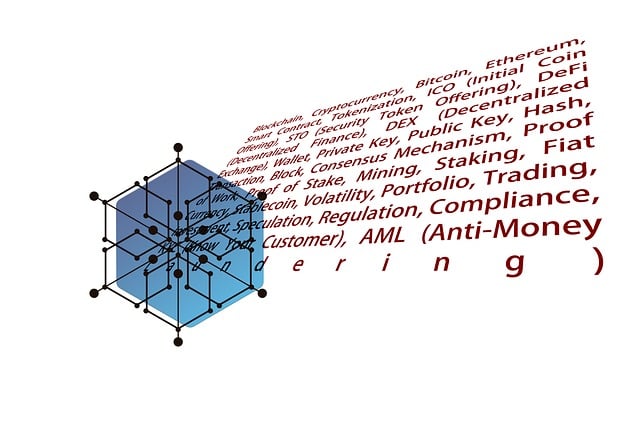In today's safety-focused transportation sector, effective commercial driver verification is vital for minimizing road risks. This process goes beyond license checks, verifying drivers' training, certifications, and licenses to ensure safe operations. Robust procedures involve assessing specific vehicle class requirements, passing exams, and completing approved courses. Technological advancements streamline verification through real-time cross-referencing of records with authoritative databases, enhancing safety and accountability. Challenges include varying regional regulations and evolving educational criteria, requiring accurate record-keeping and digital systems for efficient compliance. Regular audits validate these records, ensuring safe and compliant transportation operations.
In today’s transportation industry, ensuring the integrity of educational qualifications among professionals is paramount. Effective commercial driver verification safeguards safety, compliance, and operational efficiency. This article delves into the crucial aspects of verifying the educational backgrounds of commercial drivers, exploring why it matters, what qualifications are essential, and best practices for implementation. We also dissect common challenges and offer strategies to maintain accurate records and uphold industry standards.
- Understanding the Importance of Commercial Driver Verification
- Identifying Required Educational Qualifications for Commercial Drivers
- Implementing Effective Verification Processes
- Common Challenges in Verifying Transportation Professionals' Education
- Best Practices for Maintaining Accurate Records and Compliance
Understanding the Importance of Commercial Driver Verification

In today’s world, where safety is paramount, especially in the transportation industry, verifying the educational qualifications of commercial drivers cannot be overstated. Commercial driver verification serves as a critical component in ensuring that those operating large vehicles, such as trucks and buses, possess the necessary knowledge and skills to do so safely and responsibly. This process goes beyond simply checking a driver’s license; it involves confirming their training, licensing, and certification, all of which are essential for minimizing risks on the road.
For companies, effective commercial driver verification is not just a regulatory requirement but also a strategic investment in their operations’ safety and efficiency. By ensuring that their drivers meet stringent educational standards, businesses can reduce accidents, improve fleet management, and maintain public trust. In light of these considerations, implementing robust verification procedures is crucial for navigating the complexities of modern transportation logistics.
Identifying Required Educational Qualifications for Commercial Drivers

When it comes to verifying transportation professionals’ educational qualifications, particularly for commercial drivers, understanding the required education is essential. Commercial driver verification involves assessing the specific training and certifications needed to operate various types of vehicles, such as trucks, buses, or specialized equipment. The necessary educational qualifications can vary depending on factors like vehicle class, state regulations, and industry standards.
For instance, many countries and states mandate that commercial drivers complete approved driving courses, pass written exams, and obtain a Commercial Driver’s License (CDL). These programs typically include classroom instruction covering traffic laws, safety procedures, and vehicle maintenance, alongside practical training on operating different types of vehicles. Staying updated with these requirements ensures safe operations, adheres to legal mandates, and facilitates smooth commercial transportation processes.
Implementing Effective Verification Processes

Implementing effective verification processes for commercial driver qualifications is paramount to ensuring safety and compliance within the transportation industry. This involves rigorous checks to confirm the authenticity of driving licenses, certifications, and training records. With advancements in technology, many companies now employ digital solutions for commercial driver verification, streamlining the process and reducing potential errors.
These technological tools enable quick cross-referencing of data with authoritative databases, providing real-time validation. This includes verifying the issuance date, expiration, and any restrictions or endorsements on the driver’s license. Additionally, digital platforms can seamlessly integrate checks for ongoing professional development, ensuring drivers stay updated with industry standards and regulations. Such meticulous verification practices not only safeguard public safety but also foster trust and accountability among transportation professionals.
Common Challenges in Verifying Transportation Professionals' Education

Verifying the educational qualifications of transportation professionals, such as truck drivers and fleet operators, presents several challenges in today’s dynamic workforce landscape. One of the primary hurdles is keeping up with varying regulatory requirements across different regions and states. Commercial driver verification processes must be robust enough to account for disparities in licensing standards, which can make it difficult for employers to confirm the validity of a candidate’s credentials.
Additionally, the constant evolution of educational criteria and certification programs adds another layer of complexity. Transportation industry professionals are required to stay updated with new training modules, safety protocols, and specialized courses, making it challenging for verification systems to keep pace. This is further exacerbated by the need to differentiate between mandatory recertification and voluntary advanced training, which can often blur the lines during the verification process.
Best Practices for Maintaining Accurate Records and Compliance

Maintaining accurate records is paramount in the transportation industry, where even a single discrepancy can lead to significant legal and operational issues. To ensure compliance, transportation companies should implement robust record-keeping practices for all educational qualifications of their commercial driver verification process. This includes storing original documents or certified copies securely, with clear labeling and easy accessibility for audit purposes. A digital system for documenting and verifying credentials can significantly enhance efficiency and accuracy, allowing real-time updates and cross-referencing with authorized databases.
Regular audits should be conducted to validate the integrity of these records, ensuring that all drivers’ qualifications remain valid and up-to-date. Companies must also establish procedures for promptly addressing any discrepancies found during these audits, including retraining or re-evaluation of affected drivers. By adopting these best practices, transportation businesses can streamline their operations, mitigate risks, and maintain the highest standards of safety on the roads.














